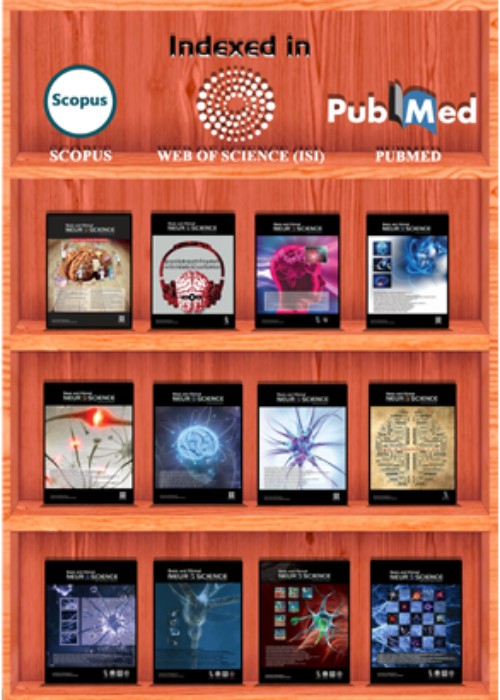Electroencephalograph Emotion Classification Using a Novel Adaptive Ensemble Classifier Considering Personality Traits
The study explores the use of Electroencephalograph (EEG) signals as a means to uncover various states of the human brain, with a specific focus on emotion classification. Despite the potential of EEG signals in this domain, existing methods face challenges. Features extracted from EEG signals may not accurately represent an individual's emotional patterns due to interference from time-varying factors and noise. Additionally, higher-level cognitive factors, such as personality, mood, and past experiences, further complicate emotion recognition. The dynamic nature of EEG data in terms of time series introduces variability in feature distribution and interclass discrimination across different time stages.
To address these challenges, the paper proposes a novel adaptive ensemble classification method. The study introduces a new method for providing emotional stimuli, categorizing them into three groups (sadness, neutral, and happiness) based on their valence-arousal (VA) scores. The experiment involved 60 participants aged 19–30 years, and the proposed method aimed to mitigate the limitations associated with conventional classifiers.
The results demonstrate a significant improvement in the performance of emotion classifiers compared to conventional methods. The classification accuracy achieved by the proposed adaptive ensemble classification method is reported at 87.96%. This suggests a promising advancement in the ability to accurately classify emotions using EEG signals, overcoming the limitations outlined in the introduction.
In conclusion, the paper introduces an innovative approach to emotion classification based on EEG signals, addressing key challenges associated with existing methods. By employing a new adaptive ensemble classification method and refining the process of providing emotional stimuli, the study achieves a noteworthy improvement in classification accuracy. This advancement is crucial for enhancing our understanding of the complexities of emotion recognition through EEG signals, paving the way for more effective applications in fields such as neuroinformatics and affective computing.
- حق عضویت دریافتی صرف حمایت از نشریات عضو و نگهداری، تکمیل و توسعه مگیران میشود.
- پرداخت حق اشتراک و دانلود مقالات اجازه بازنشر آن در سایر رسانههای چاپی و دیجیتال را به کاربر نمیدهد.



